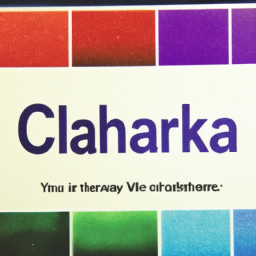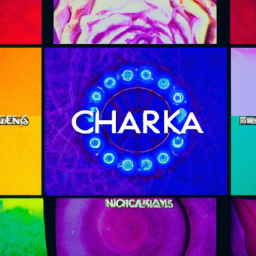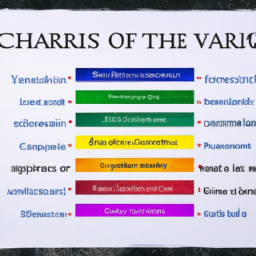
Reiki is an ancient Japanese healing technique that focuses on the flow of energy within the body. According to Reiki practitioners, there are 7 main energy centers in the body, known as chakras, that are responsible for maintaining balance and harmony in our physical, emotional, and spiritual well-being. In this article, we will dive into the 7 Reiki chakras and their corresponding meanings and functions.
1. Root Chakra
The root chakra, also known as the Muladhara, is located at the base of the spine and is associated with the color red. This chakra represents our foundation, stability, and security. It is responsible for our basic survival needs such as food, shelter, and safety. When this chakra is balanced, we feel grounded, secure, and connected to the physical world. However, when the root chakra is blocked, we may experience insecurity, fear, and a lack of fulfillment in our basic needs.
2. Sacral Chakra
The sacral chakra, or the Swadhisthana, is located in the lower abdomen and is associated with the color orange. This chakra is responsible for our emotions, desires, and creativity. It is also connected to our sexual energy and passion in life. When the sacral chakra is balanced, we are able to express our emotions freely, form healthy relationships, and tap into our creative potential. Imbalances in this chakra can lead to mood swings, a lack of creativity, and difficulty in forming intimate connections with others.
3. Solar Plexus Chakra
The solar plexus chakra, also known as the Manipura, is located in the upper abdomen and is associated with the color yellow. This chakra governs our self-esteem, confidence, personal power, and willpower. When the solar plexus chakra is balanced, we feel confident, assertive, and in control of our lives. A blockage in this chakra can result in low self-esteem, a lack of motivation, and feelings of powerlessness.
4. Heart Chakra
The heart chakra, or the Anahata, is located in the center of the chest and is associated with the color green. This chakra is responsible for our ability to give and receive love, compassion, and forgiveness. It is also connected to our sense of connection and harmony with others and the world around us. A balanced heart chakra allows us to experience love, empathy, and healthy relationships. On the other hand, an imbalanced heart chakra can lead to feelings of loneliness, resentment, and disconnectedness.
5. Throat Chakra
The throat chakra, or the Vishuddha, is located in the throat region and is associated with the color blue. This chakra is responsible for our ability to communicate effectively and express our truth. It also governs our self-expression and ability to listen to others. When the throat chakra is balanced, we can communicate clearly, speak our truth, and listen attentively. Imbalances in this chakra can lead to difficulty expressing ourselves, fear of speaking up, and poor listening skills.
6. Third Eye Chakra
The third eye chakra, or the Ajna, is located between the eyebrows and is associated with the color indigo. This chakra is connected to our intuition, inner wisdom, and spiritual awareness. It is often referred to as the “seat of the soul” and is responsible for our ability to see beyond the physical realm. A balanced third eye chakra allows us to trust our intuition, have clarity of thought, and a deep sense of inner knowing. When imbalanced, we may experience confusion, lack of direction, and difficulty in making decisions.
7. Crown Chakra
The crown chakra, also known as the Sahasrara, is located at the top of the head and is associated with the color violet. This chakra represents our connection to the divine, our higher self, and ultimate consciousness. It is responsible for our spiritual enlightenment, inner peace, and wisdom. A balanced crown chakra allows us to understand our purpose in life and find meaning in our existence. When this chakra is imbalanced, we may experience a lack of connection to our spirituality and feeling disconnected from our purpose.
In conclusion, the 7 Reiki chakras are integral to our overall well-being and are closely intertwined with each other. An imbalance in one chakra can lead to disruptions in others, affecting our physical, emotional, and spiritual health. Reiki practitioners work to balance these chakras through energy healing techniques to promote harmony and healing within the body. By understanding and nurturing our chakras, we can achieve a sense of balance and inner peace in our lives.





Interesting post!
DannyKlein: Can’t wait to learn more!
Great post – definitely looking forward to reading up on the seven Reiki Chakras!